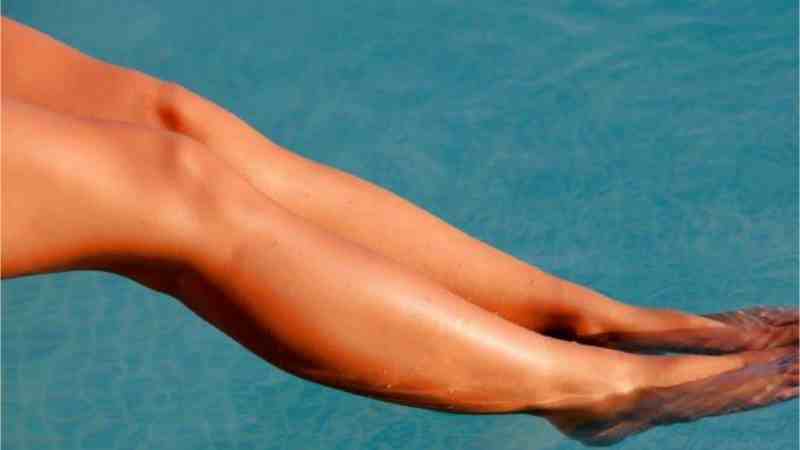Recently I was sitting on the couch with my kids as they watched an educational cartoon that explained how airplanes fly. Evidently, there are four forces at play: thrust and lift, which move the plane forward and up, respectively…and these are opposed by drag and weight, which push back and down, respectively. It’s actually a great analogy for progress in the field of vein treatment.
The past two decades have seen some amazing breakthroughs in the treatment of chronic superficial vein disease. There has been a shift from more invasive, surgical procedures to minimally-invasive, ultrasound-guided techniques.
Each time a new technique is developed, our ability to treat patients is thrust forward. Physicians’ and patients’ spirits get a lift with the expectation of improvements in comfort and effectiveness.
But…we have to temper our excitement with the weight of scientific proof: we need to collect data and determine whether “new” really equals “better”.
In the case of the state-of-the-art vein treatments (which I provide at my Chicago area vein clinic, Rosen Vein Care) called Endovenous Laser Ablation (EVLA) and Clarivein®, I think we are soaring miles above the surgical treatments of the past.
More than a decade of evidence about EVLA and about five years of data on Clarivein® continue to demonstrate that patient outcomes and comfort have been improved. So far, our analogy has used thrust, lift and weight…I bet you’re wondering what the drag is, right?
Well, the drag seems to be getting insurers to recognize that these new treatments are indeed better…and therefore should be coverable under their policies. It took quite a bit of time to move insurers away from surgical vein stripping and toward minimally-invasive endovenous thermal ablation.
Unlike surgical stripping, endovenous thermal techniques leave the problematic veins in place and instead close them from the inside using heat to seal them shut.
These procedures are able to be done in an outpatient office setting and do not require any sedation…my patients and I chat and listen to music during procedures! Since these techniques use heat…generated from a laser fiber or radiofrequency catheter…they require a dilute solution of local anesthetic to be placed in the area surrounding the vein.
The local anesthetic solution (tumescent anesthesia) not only keeps the patient comfortable during closure, but also helps absorb any excess heat that could otherwise affect the skin or soft tissues in the area of the treated superficial vein.
Ironically, the only part of the procedure where there’s any discomfort are the parts where local anesthetic is placed to prevent further discomfort. However, the discomfort is only brief and is very well tolerated by all of my patients. BUT…doctors tend to be those nerdy, relentlessly self-improving types, right?
So newer techniques have been developed that close off problematic veins WITHOUT the need for tumescent anesthetic solution. I believe that the most promising technique I’ve seen so far is Clarivein®.
Clarivein®, or Mechanical Occlusion with Chemical Assist (MOCA), is a closure technique that does not require heat. Instead a safe, effective chemical is injected along the wall of the problematic vein through a rapidly rotating catheter. Pretty much the only thing that a patient feels is a gentle vibration. I’ve done a bunch of cases and every patient has basically said the same thing: “I know something is going on, but I wouldn’t call it uncomfortable.”
Clarivein® has been shown to be as safe and similarly effective as endovenous thermal ablation techniques…but has improved patient comfort.
Here’s where the drag comes in: it’s taking the insurance companies a long time to get on board with Clarivein®.
However…that may soon be changing. In January 2017, it is anticipated that Medicare may start covering Clarivein® for eligible patients. Medicare tends to be the bellwether for changes in coverage by commercial insurance companies.
It may take some time to get Blue Cross, United HealthCare, Humana and the rest to get on board…but, as one of my favorite voices of all time…Sam Cooke…sang, “I know a change is gonna come”. Here’s another insurance-related drag for you: obtaining coverage for a particular procedure may take MONTHS to achieve. So…it makes sense to come and see me now…like “yesterday” now…in order to see if you qualify for coverable procedures and set the approval process in motion.
I look forward to meeting you soon and helping your legs to feel and look better than they have in years! Call 847-272-8346. now to schedule your initial consultation. Your legs will thank you!

